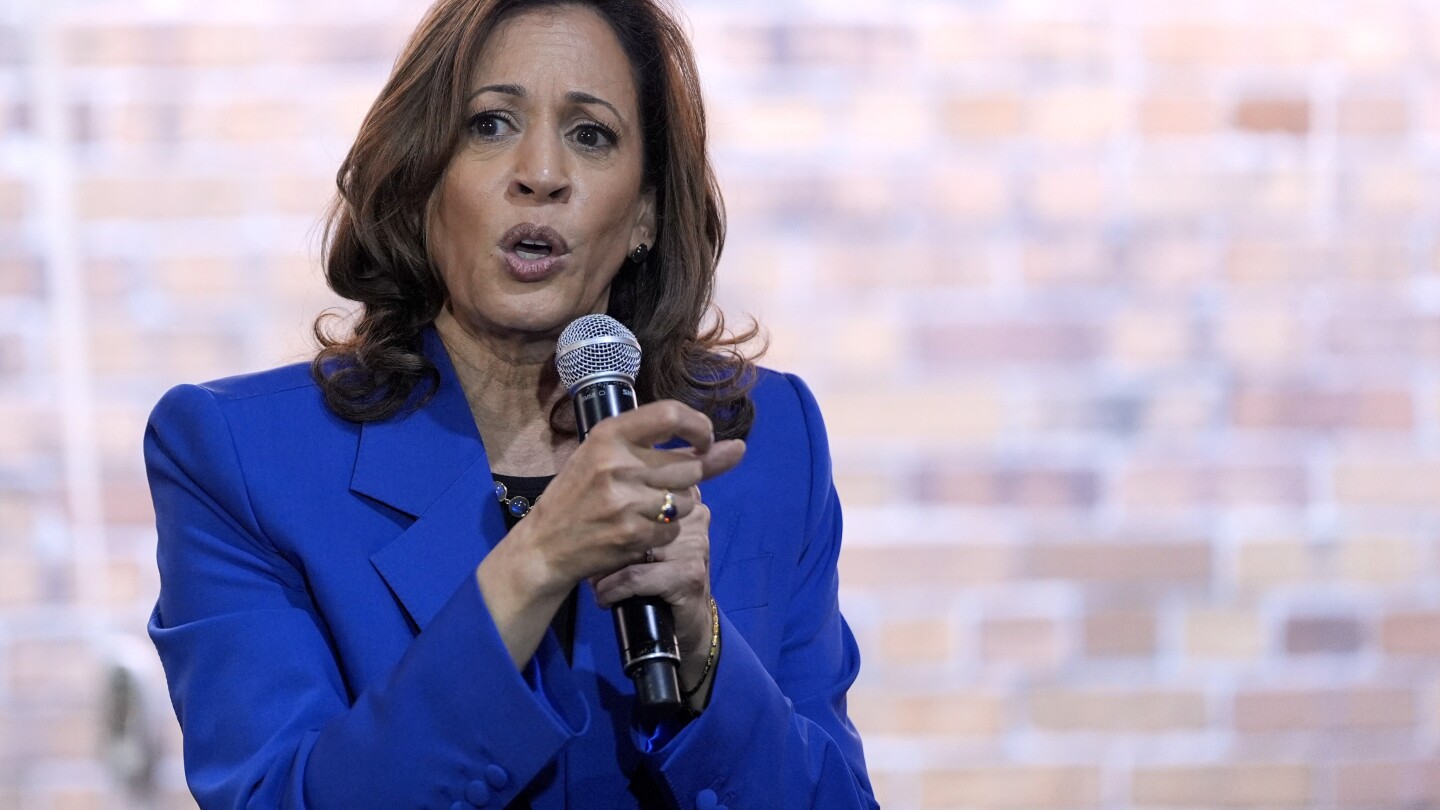Kamala Harris has a new advertising push to draw attention to her plan to build 3 million new homes over four years, a move designed to contain inflationary pressures that also draws a sharp contrast to Republican Donald Trump’s approach.
Harris, the Democratic nominee for president, highlights her plan in a new minute-long ad that uses her personal experience, growing up in rental housing while her mother had saved for a decade before she could buy a home. The ad targets voters in the swing states including Arizona and Nevada. Campaign surrogates are also holding 20 events this week focused on housing issues.
In addition to increasing home construction, Harris is proposing the government provide as much as $25,000 in assistance to first-time buyers. That message carries weight at this moment as housing costs have kept upward pressure on the consumer price index. Shelter costs are up 5.1% over the past 12 months, compared to overall inflation being 2.9%, according to the Bureau of Labor Statistics.
“Vice President Harris knows we need to do more to address our housing crisis, that’s why she has a plan to end the housing shortage” and will crack down on “corporate landlords and Wall Street banks hiking up rents and housing costs,” said Dan Kanninen, the campaign’s battleground states director.



Mostly agreed! But here’s my tale:
I’m exactly where I want to be, home on the edge of a suburb, countryside a mile to the north. The neighborhood was about half developed, half woods. There’s been a few dozen new home built in the past several years, and I’m not happy about it.
Know those complexes having a couple of hundred apartments? Yeah, losing my home and having to move to one is my nightmare. I hate living packed in like rats and following bullshit rules. Can’t wash your car outside! What if one of your fellow rats slips?
You live on the edge of the developed area, with suburb on one side and countryside on the other.
And more homes went up, transforming the area that you’re in into more suburb, and cutting you off from nature.
Do you think the people who moved into those houses also wanted to live with suburb on one side and nature on the other? Conversely, how do you think the people living near the previous edge of the suburb felt when your house went up?
Do you see the problem with this kind of development?
I understand. I don’t necessarily have a problem with relatively restrictive zoning in rural areas. But, I do think restrictive zoning becomes a significant problem, the closer you get to population centers, or the centers of towns and cities. Limiting higher density housing in city and town centers kind of necessitates people moving into suburbs and even, eventually, rural areas. If there isn’t enough suitable, affordable, relatively dense housing where the jobs and schools and shops are, the suburbs will grow and spread. So, if you want to keep your area as rural as possible, you need to make sure people have plenty of housing options in the city and town centers. Unfortunately, much of the land in many city and town centers is currently zoned exclusively for single family homes. That has to change or sprawl will continue.